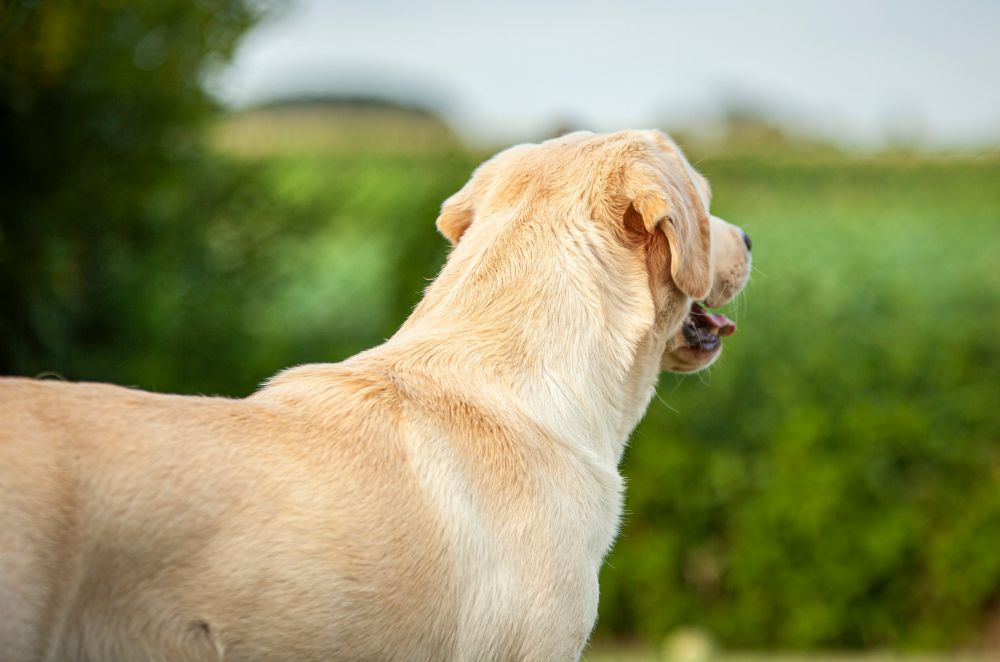
Dogs are beloved family members to nearly half (45.3%) of South Carolinians, providing companionship, love, and loyalty. However, every year, around 4.5 million people are bitten by a dog, highlighting that even the most docile and domesticated dog can attack.
It’s important to understand warning signs that a dog may bite so that you can take appropriate action to protect yourself and your family, especially around unfamiliar or aggressive dogs. Read on to learn how to identify warning signs before a dog bites and who may be liable for your injuries.
Contact Joye Law Firm for a free consultation to explore your legal options after a dog attack.
Why Do Dogs Bite?
A dog may bite a victim for many reasons, including fear and aggression. One of the most common reasons for dog aggression is a history of abuse or neglect. The dog may lash out in fear in response to stimuli such as loud noises or strangers approaching.
Other common reasons why dogs lash out and bite include:
- Territorial aggression: Dogs may consider a specific area their territory and bite to protect it from anything they perceive as a threat.
- Possessiveness: Dogs may also be possessive over food, toys, or anything they wish to claim as their own. If the animal feels that its possessions could be taken away, it may bite as an act of prevention.
- Self-defense: A dog may need to protect itself or its owner if it detects danger due to a person’s body language, facial expressions, or tone of voice.
Signs a Dog May Bite
Dogs often give warning signs that they are about to bite. If a dog is showing any of these behaviors, remove yourself from the vicinity of the animal as calmly and quickly as possible.
- Staring: Prolonged, direct eye contact is often a sign of aggression among dogs.
- Growling: Growling is the dog’s way of communicating that it wants to be left alone and that the person or animal approaching it should back off.
- Showing teeth: When a dog shows its teeth, it is not a sign of playfulness but rather a sign of discomfort. It’s best to give the dog space and avoid interacting with it.
- Fur standing up: A dog’s fur standing on edge is a way for the dog to appear larger and more intimidating, and it can also help to release pheromones to signal to other dogs in the area that the dog is feeling threatened.
- Rigid body: A dog’s body becoming rigid is a sign of tension, alertness, or aggression. It signals that the dog is preparing to defend itself.
Subtle Signs a Dog is Experiencing Stress
The warning signs above are often a dog’s last resort for communicating their extreme discomfort in a situation. It’s also important to know more subtle signals dogs use to communicate stress, these are commonly referred to as ‘calming signals,’ a term coined by Norwegian dog trainer Turid Rugaas.
- Avoidant or displacement behavior: Dogs may divert their attention when uncomfortable. This can manifest in the form of sniffing the ground, turning their body or head away, or licking themselves. Respect a dog’s request for space when they are exhibiting this behavior.
- Yawning, drooling, and licking: Dogs yawn when they are tired or bored, they also yawn when stressed. A stressful yawn is more prolonged and intense than a sleepy yawn. Dogs may also drool and lick their lips with a tight jaw when nervous.
- Changes in eyes and ears: Stressed dogs may have dilated pupils and blink rapidly. They may open their eyes wider and show more sclera (white) than usual, when this is paired with averting their head slightly it’s commonly referred to as ‘whale eye.’ Before ears become pinned, they may become stiffer to signal the dog is on high alert for a potential threat.
- Abnormal posture or movements: A tail tucked between the legs, curling tightly into a fetal position, crouching low to the ground, or freezing in position can also be signs of a stressed dog.
How to Avoid a Dog Bite
While it may be impossible to prevent a dog from biting, there are a few things that can lessen your chances. If a dog appears aggressive, you should go out of your way to avoid doing things that might cause it to attack. Some tips to avoid a dog bite include:
- Respect the dog’s personal space: Always ask the owner’s permission before approaching a dog and give it space to retreat.
- Avoid direct eye contact: Direct eye contact can be seen as a threat by a dog, so try to avoid looking an unknown dog in the eye.
- Do not run or scream: Running or screaming can trigger a dog’s predatory instincts and lead to an attack.
- Avoid quick movements: Sudden movements can also trigger a dog’s predatory instincts and lead to an attack.
- Stand still: If a dog approaches you, remain still and let the dog sniff you before attempting to pet it.
- Remain calm and assertive: Speak in a calm and assertive tone to the dog, and avoid getting nervous or fearful.
- Educate yourself: Learn about dog breeds, their behavior, and how to interact with them safely.
Tips for Children
Children are one of the most vulnerable to dog bites, with over half of all dog bite attacks occurring to children, the majority of whom are between 5 and 9 years old. You can reduce the risk of your child sustaining a dog bite by teaching him or her the following rules when around dogs:
- Never approach a dog without the owner’s permission
- Do not disturb a dog that is caring for puppies, eating, or sleeping
- Do not pull a dog’s tail or ears or try to ride it
- Do not run or scream around dogs
- Do not hug dogs tightly or attempt to lift them
- Do not try to take a toy or food away from a dog
Dog Bite Laws in South Carolina
In South Carolina, dog owners are liable for any injuries caused by their dogs, regardless of whether the dog has a history of aggressive behavior. This law is known as strict liability, and it holds owners accountable for damages their dog causes to another person or piece of property.
However, there are some exceptions to this law. For example, if the victim was trespassing on the dog owner’s property or was teasing or provoking the dog, the owner may not be held liable for the injuries.
The dog owner’s homeowners’ insurance policy will typically cover the cost of the victim’s injuries and losses after a dog attack, so you should pursue the compensation you will need without the fear of having to take money from a friend or family member’s pocket. A South Carolina dog bite lawyer can help you navigate the legal process and ensure you receive the compensation you deserve under the law.
Contact a Personal Injury Attorney at Joye Law Firm Today
At Joye Law Firm, we understand the physical, emotional, and financial toll a dog bite can take. We are committed to helping our clients, especially kids, receive the compensation they deserve for their injuries and losses.
Our seasoned attorneys have a successful track record in handling cases related to animal attacks, ensuring that victims receive the compensation they deserve to cover medical expenses, lost wages, and pain and suffering. Some notable cases include:
- $425,000 for a person who suffered multiple fractures after being attacked by a dog on a neighbor’s property.
- $300,000 settlement for Charleston girl bitten by roaming dog in her front yard.
Learn more about our results in personal injury cases.
Our experienced personal injury attorneys have a deep understanding of South Carolina’s dog bite laws, and we will work tirelessly to ensure that you receive the compensation you deserve. Whether it’s through negotiating a settlement or taking your case to trial, we will fight for your rights every step of the way.
Contact us today to schedule your free consultation and get started on your dog bite claim.
Originally published February 13, 2023. Last revised March 11, 2024.






































